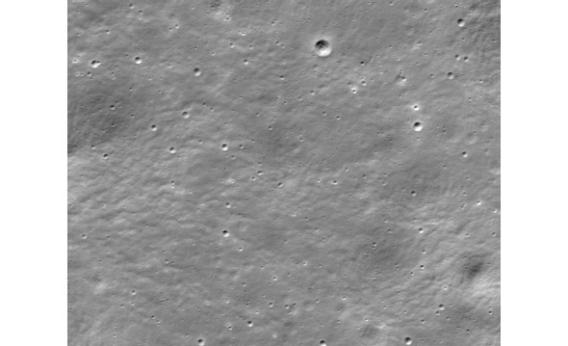Create a free profile to get unlimited access to exclusive videos, sweepstakes, and more!
The Impact of Citizen Science

There are half a billion craters on the Moon bigger than about 11 meters (35 feet) across.
That’s a lot. A whole lot. They’re important, though: Most of these craters are billions of years old, and tell us about the history of the Moon. It’s literally laid out before us, if we can puzzle out how to decipher it.
The first step is simply identifying craters, mapping their location and size. That’s a daunting task, but the good folks at Cosmoquest came up with an interesting solution: let everyone pitch in. (Full disclosure: I am an adviser to Cosmoquest. I rarely agree to do things like that, but they are doing great work and are all friends of mine for whom I have deep respect.) They created the Moon Mappers tool, which (after a very brief and simple online training session) allows anyone to dive in and start identifying lunar craters. Images from NASA’s Lunar Reconnaissance Orbiter are displayed, and with a few clicks you can start mapping eons-old asteroid impact events on another world.
Moon Mappers has been in operation for nearly two years, and Cosmoquest just announced an amazing result: Their cadre of “amateur” mappers did just as well as professional lunar researchers in identifying craters!
Professionals and amateurs (with minimal training) were given the same images of the Moon (covering an area a couple of kilometers across) and told to have at it. There was a lot of variation in the success from individual to individual—which isn’t surprising—but when aggregated, the results showed what was essentially a tie in the identifications. In other words, crowdsourcing tasks like this actually works pretty well (which matches a similar but less formal study done by Cosmoquest using asteroids instead of the Moon).
They put together a short video explaining the results:
I find this all very heartening. Of course a lot of astronomical research takes years of learning, study, work, and expertise, but some of it is substantially easier to perform, even if the task itself is much larger. In many cases astronomers don’t have the time to do that sort of work, and it’s incredibly difficult to program computers to do it reliably. Our brains, though, have a billion years of evolutionarily developed pattern recognition software built right into them, making humans perfect for tasks like this.
Bizarrely, the work is also fun. I’ve done it myself and it’s fairly addicting. And the icing is that it helps real science! This is foundational work that can be used later to get relative ages of craters, discover how impacts shaped our nearest celestial neighbor, and perhaps even extrapolate those results to our own planet—which is far harder to study directly, since erosion wipes out older craters. But the Moon collects and preserves them, keeping them nearly pristine for us to study even after billions of years.
With Moon Mappers, their time has finally come.


























